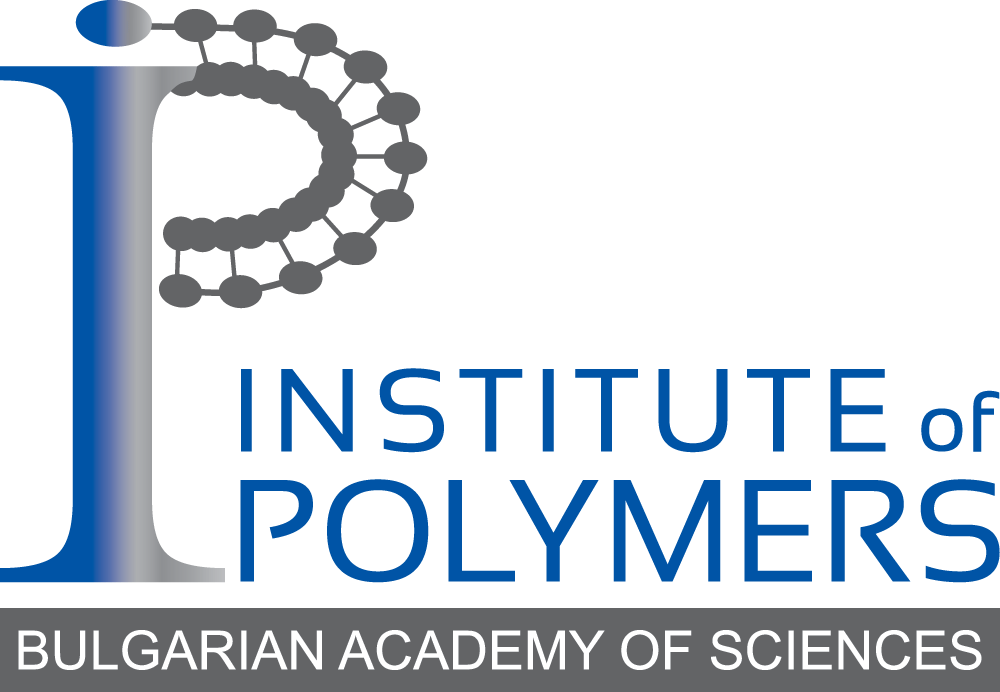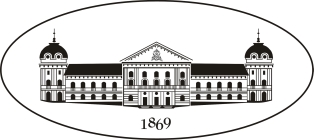Novel polymeric and natural agents for control of bacterial virulence

Project КП-06-Н-43/8
Coordinator:
Assis. Prof. Tsvetelina Paunova-Krusteva
Base organization:
The Stephan Angeloff Institute of Microbiology, Bulgarian Academy of Sciences
Partner organizations:
Institute of Polymers – Bulgarian Academy of Sciences
Start:
November 30, 2020
Duration:
36 months
Summary:
While the development of antibiotics resulted in remarkable advances in the fight against infectious microorganisms, it was unfortunately paralleled with the highly increasing risks for the development of antibiotic resistance. Resistance development poses the urgent question for the discovery of novel prospective approaches to the fight against multidrug resistant bugs. Together with the search of novel antibacterials, a growing interest occurs in non-traditional approaches, among which are the attempts, instead of killing the bacteria, to suppress the bacterial virulence and the development of virulence-related phenotypes. This is expected to help prevent the adaptation of the pathogens for survival under unfavorable environmental conditions, including these in the infected host. The aim of the project is the elaboration of novel reagents capable to suppress bacterial virulence. Among the adaptive phenotypes we shall address the bacterial regulatory mechanisms of virulence expression via quorum sensing (QS), and the formation of multicellular communities – biofilms, that protect the bacteria from the host defenses and antibacterial substances. The project will focus on the development of two types of antivirulence agents. One is the elaboration of novel polymeric nanostructured materials capable to attack and destroy bacterial biofilms, either by themselves or as carriers for active substances. Interference of polymeric nanostructures with the biofilm extracellular substances are expected to loosen the biofilm matrix and facilitate access of the delivered antibacterials. These newly designed nanomaterials are expected to significantly lower the antibiotic effective doses meanwhile increasing the effectiveness of biofilm destruction. The other group of reagents with expected antivirulence efficacy will be sought among low mwt metabolites of different medicinal plants. Highest are the expectations to sesquiterpene lactones that have structural similarities with the homoserine lactone signals of bacterial QS. Other classes of substances should however not be neglected. Methodologically, all studies will include initial screening followed by identification of the activities at different purification steps. For the tasks of the project, a multidisciplinary team has been formed: specialists in polymer sciences and phytochemistry, microbiologists, cell biologists and immunologists. After the synthesis of polymeric nanoparticles or the isolation of plant substances, screening protocols will include effects on QS, inhibition of biofilm growth and destruction of pre-formed biofilms by model Gram-positive and Gram-negative strains. As a next step, the biocompatibility of the shortlisted prospective agents will be checked by cytotoxicity trials. The successful agents that combine good potential with low cytotoxicity will be included in further detailed tests in order to examine their mode of action and effects on the structure of bacterial cells and biofilms using in situ on cultured bacteria and their biofilms. These trials will initially involve Gram-positive and Gram-negative reference strains as models. The ubiquity of the effect of selected reagents registered with the model strains will be further checked for activity on clinical isolates – MRSA, cystic fibrosis isolates of P. aeruginosa, and clinical isolates of uropathogenic E. coli. In addition, in vivo mouse model for skin biofilm infection will be specifically adapted purposes of this project and will be applied with the potentially effective substances. This complex multidisciplinary approach is expected to identify prospective agents for antivirulence treatments.



